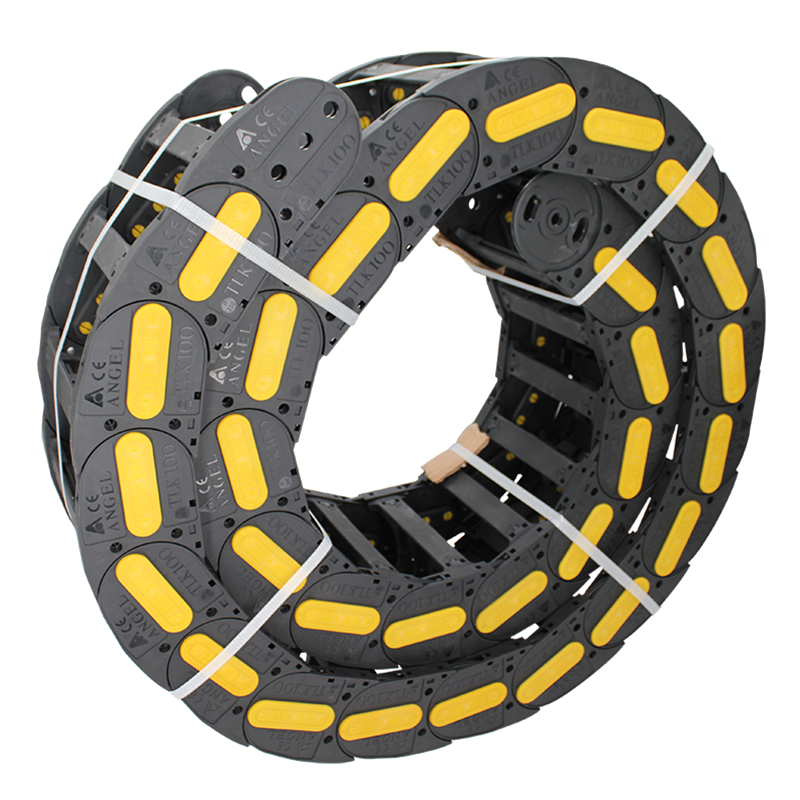synchronous belts and pulleys
Understanding Synchronous Belts and Pulleys
Synchronous belts and pulleys play a vital role in various mechanical systems, particularly in applications where precision timing and synchronization are crucial. Unlike traditional belts, which can slip or stretch over time, synchronous belts engage directly with the teeth of the pulleys, ensuring that the rotational movement of one component is transferred accurately and efficiently to another. This feature makes them ideal for use in many modern machinery and automotive systems.
The primary material used for synchronous belts is neoprene or polyurethane, often reinforced with fiberglass or steel for added strength and durability. These materials provide the necessary resistance to wear and tear, as well as enhanced tensile strength, which is essential for sustaining heavy loads and high-speed operations. The toothed design of the belt allows for a positive engagement with the pulleys, reducing the risk of slippage and ensuring that the drive system operates smoothly.
Pulleys designed for synchronous belts feature teeth that match the profile of the belt. This compatibility is crucial; the precise alignment between the belt and the pulleys not only maximizes efficiency but also minimizes noise and vibration during operation. Moreover, synchronous pulleys are often designed with different diameters, allowing for speed adjustments and torque modifications in a mechanical system.
synchronous belts and pulleys

One of the advantages of using synchronous belts and pulleys is their ability to maintain synchronization over time, which is particularly important in applications like robotics, CNC machines, and conveyor systems. These systems require exact timing to function correctly, and any deviation can lead to malfunction or inefficiency. Synchronous belts ensure that the timing between shafts is preserved, reducing the risk of mechanical failure and improving overall system reliability.
In automotive applications, synchronous belts, commonly known as timing belts, are essential for synchronizing the crankshaft and camshaft rotations. This synchronization is crucial for maintaining the engine's efficiency and performance. A failure in the timing belt can lead to significant engine damage, emphasizing the importance of regular maintenance and timely replacement of these components.
Another noteworthy aspect of synchronous belts and pulleys is their relatively low maintenance requirements. Unlike chain drives or other mechanical power transmission systems, synchronous belts do not require lubrication, which simplifies upkeep and reduces long-term operating costs. Additionally, their design allows for quieter operation, making them suitable for applications where noise reduction is a priority.
In conclusion, synchronous belts and pulleys are integral components in many mechanical systems. Their unique design and functionality not only enhance performance and reliability but also provide ease of maintenance and operational efficiency. Understanding these components can help engineers and technicians select the best solutions for their applications, ensuring optimal performance and durability. As technology continues to evolve, the applications and benefits of synchronous belts and pulleys are likely to expand, paving the way for innovative engineering solutions.








